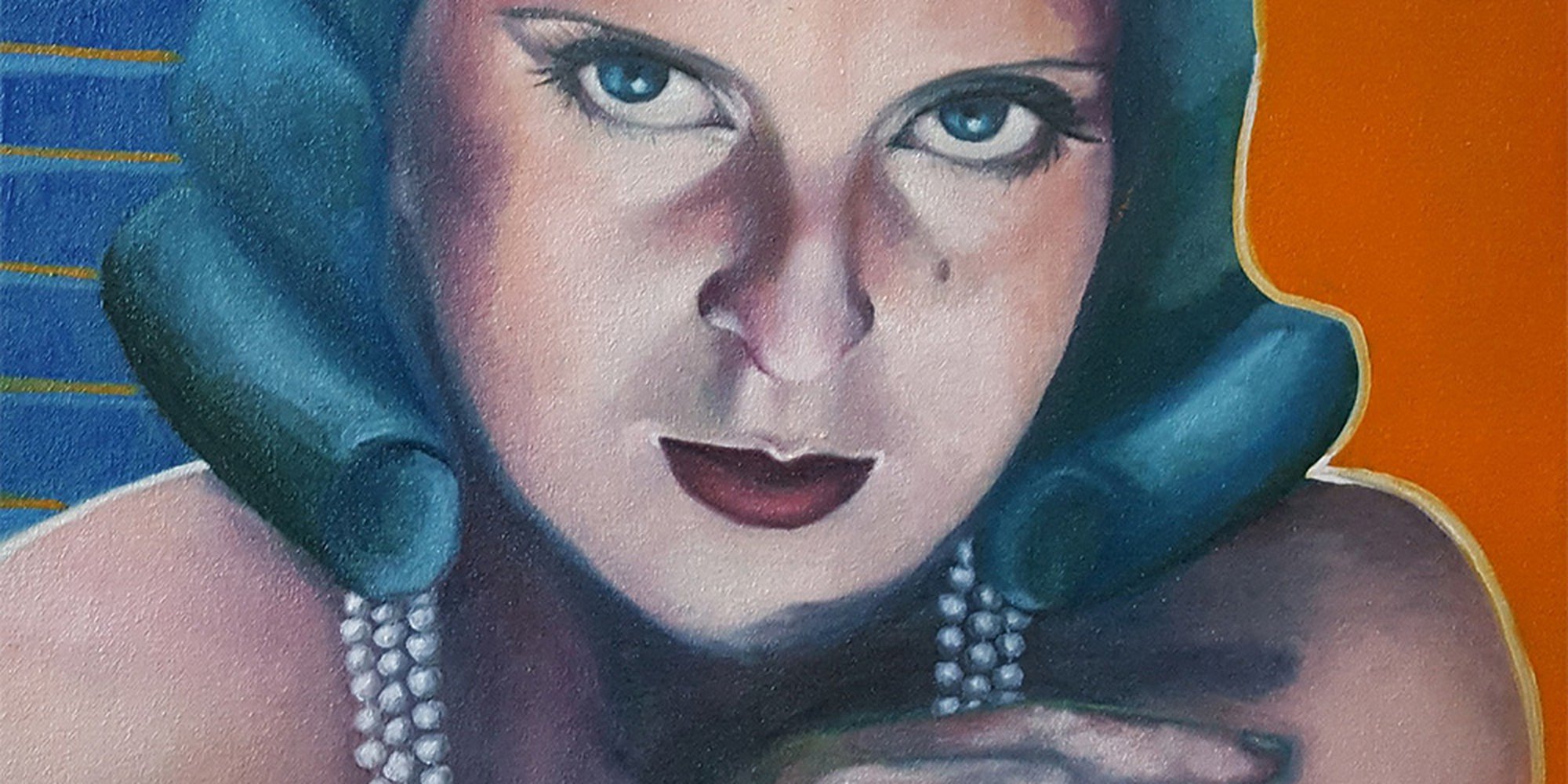An artistic movement that originated in the early years of the 20th century in Europe, particularly France, Art Deco reigned supreme until World War II, bringing with it an eclectic combination of influences, materials and shapes.
What is Art Deco?
Defining a visual style is never easy, but in the case of Art Deco, the attempt at classification is even more difficult. This is because Art Deco is an eclectic movement which often eludes standard definitions. Often described as a pastiche of shapes, materials and influences, Art Deco may be hard to distinguish from similar movements such as Art Moderne, Art Nouveau or Bauhaus school.
The Art Deco movement appeared in France in the 1920s and manifested into painting and sculpture, as well as architecture and decorative arts. While Art Deco artists were often influenced by modernist movements such as Cubism (like Picasso), Futurism and De Stijl, their compositions invented a completely new style.
Art meets functionality
At its core, Art Deco infused functional objects with artistic touches. The advent of large-scale manufacturing made it possible for designers and artists to enhance the appearance of mass-produced day-to-day objects, ranging from ashtrays and clocks to buildings. The final result, luxurious and attractive in appearance, marked the period of newly found optimism after the Great Depression and a celebration of progress and modern ideas.
Cubism tamed
The comparison with Cubism stems from the fact that Art Deco borrowed many elements from the Cubist movement, but transformed it in a way that made it attractive to people from all walks of life. Just like the Cubists, Art Deco artists were fascinated with abstraction geometry and fragmented forms. The movement also shared common characteristics with the Bauhaus design school, especially when it came to the use of symmetrical compositions and geometric forms in the arts and crafts.
What are the distinctive features of Art Deco?
Simple, clean shapes are the defining elements of Art Deco. Most of the designs are geometric or inspired from representational forms and stylised. When it comes to materials, Art Deco artists preferred man-made ones, such as plastics, ferroconcrete and vitaglass.
What are some big names in Art Deco?
Designer Emile-Jacques Ruhlmann is considered to be the pioneer of the Art Deco movement. Together with Pierre Laurent, he was the founder of a company specialising in the production of luxury home items and interior design. His work is based on the belief that each piece of interior design needed to be made individually by hand, rejecting the use of mass production.
On the other hand, Jean Despres, another significant name in the Art Deco movement, celebrated the industrialisation of his era and its technological developments. He became famous for his conceptual and highly innovative geometric jewellery designs, and many of his works were based on cubist paintings, neo-classical pieces or actual machine parts.
Art Deco today
Although the popularity of the Art Deco movement has decreased after World War II, it was revitalised during the 1960s and is still present today in industrial design and fashion. Moreover, the newly found appreciation for the Art Deco movement has lead to the establishment of numerous foundations that work to restore and preserve architectural monuments built during the Art Deco golden ages.
Cover image via Gitana Vaicys


